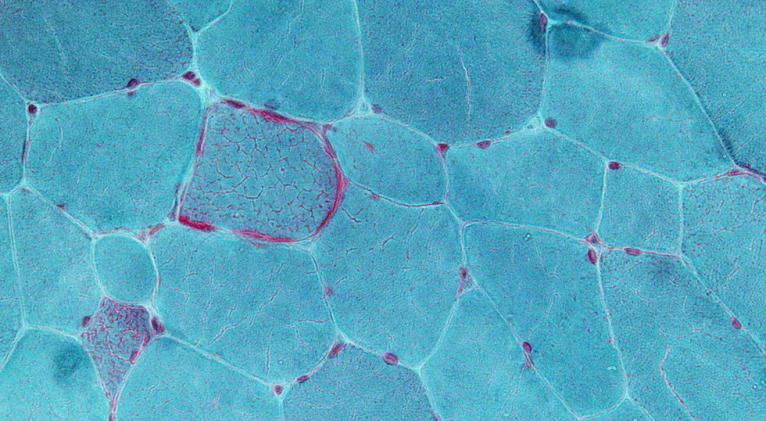Simple vitamin treatment can ‘flip the switch’ on incurable genetic muscular disease, researchers say
especiales

Medical researchers are claiming a major breakthrough using simple vitamin treatments to delay the progression of a genetic muscular disease with no previously-known cure or therapeutic treatment.
An international team of scientists led by Professor Anu Suomalainen-Wartiovaara of the University of Helsinki has been working on the development of a treatment for mitochondrial myopathy for years but now, finally, they may have made significant progress. Their not-so-secret weapon? Vitamin B3, also known as niacin.
Mitochondria convert the food we eat into the energy we need to survive, so any disorders or mutations in their DNA can have significant, degenerative and often fatal consequences. Patients with mitochondrial myopathy can often experience cognitive impairment, dementia, nausea, fatigue and frequent strokes, as well as both hearing and significant weight loss.
Through years of studying rodents with mitochondrial myopathy, the researchers found that certain vitamins interact with NAD+ – a kind of molecular ‘switch’ which can change metabolism modes back and forth between fasting or growth modes.
By boosting NAD+ levels, researchers delayed disease progression in patients with mitochondrial myopathy, as well as improving patients’ strength and shifting their metabolism closer to normal operation, giving them more energy. The team hopes now to fine-tune this vitamin treatment to promote health and longevity in patients living with mitochondrial myopathy.
“Our results are a proof-of-principle that NAD+ deficiency exists in humans and that NAD+ boosters can delay progression of mitochondrial muscle disease,” Suomalainen-Wartiovaara said.
She and her fellow researchers previously found that supplementation with nicotinamide riboside in food delayed mitochondrial myopathy progression in mice.
According to NHS data, somewhere in the region of one in 4,300 adults in the UK may have some form of mitochondrial disease, while US figures show that around 20,000 people there have it.














Add new comment